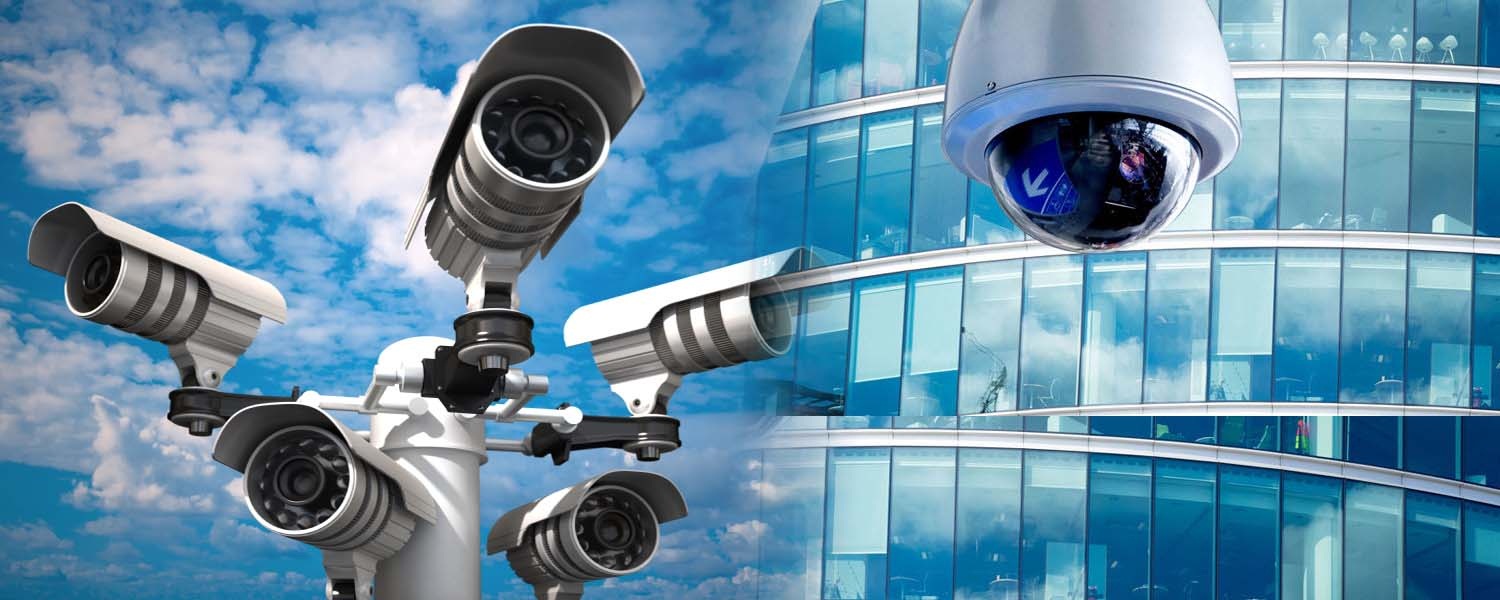One of the most important elements in modern life is communication in a home. It could be handy, whether for the smooth functioning of interaction within the family or increasing security measures, such as a home intercom system. This guide explores features, benefits, types, and tips for choosing the correct home intercom system for your needs.
What is a Home Intercom System?
An intercom is a communication device that allows you to speak with others in different rooms or areas within your home. Traditionally, most of the intercom systems were operated wiredly and were uniquely installed in many homes during construction. However, today’s systems give more options for usage, including without wires and with video, making them quite a versatile addition for any home.
Benefits of a Home Intercom System
Better Communication: Intercom systems make communication between rooms much easier without the person having to scream or move about continuously.
Greater Safety: Most of the intercom systems available have video features that help you judge the person at your door before you answer, thereby providing greater safety.
Convenience: With special features such as hands-free communication and remote control, intercom systems provide unrivaled convenience, especially in larger homes.
Smart Home Systems: State-of-the-art intercom systems can be integrated with various smart devices installed at home, including security cameras and doorbells to fulfill the epitome of smart home experience.
Types of Home Intercom Systems
1. Wired Intercom Systems
Wired intercom systems use cables to connect each unit. They are reliable and provide consistent audio quality but can be challenging to install, especially in homes not pre-wired for intercoms.
Pros:
Reliable connection
No interference from other wireless devices
Cons:
Requires professional installation
Units are not easily relocated
2. Wireless Intercom Systems
Wireless intercom systems use radio frequencies or Wi-Fi to communicate and are more flexible when it comes to installation. They work well when installed in already existing homes.
Pros:
Easy installation and easy to relocate
Not much wiring is needed
Cons:
Can be interfered with by other wireless devices
Batteries may need to be changed frequently
3. Video Intercom Systems
Video intercom systems have a camera that allows you to view the person you are communicating with. This type is particularly useful when answering doors or monitoring other areas of the home.
Pros:
Identify visitors visually
More security features added
Cons:
Higher in cost
Requires a power supply to run the camera
4. Intercom Systems with Smart Home Integration
They are integrated into smart home ecosystems that allow for voice commands and connect to other smart devices around the home. Pros include the possibility of integration with other smart devices, and there are voice-controlled features. The cons are that it requires a stable internet connection, and it might be a little pricier. How to Choose the Right Home Intercom System Choosing the right home intercom system depends on several factors:
Size and layout of the home: Compare your needs according to the size and design of your home. Greater homes may be looking to require more units or an extended-range system.
Type of Installation: Decide between wired and wireless, based on the infrastructural prerequisites that already exist in your home and your preference for installation.
Features Needed: Determine whether video, smart home integration, and other advanced features will be needed.
Budget This involves deciding on how much to spend and choosing a system that offers the most features for your money.
Installation Tips
Professional Installation For a wired system or installation, the more complex the installation, the greater the value of a professional to ensure it is working properly and preventing potential problems.
Placing Intercom Units Place intercom units in as central a location as possible to increase their coverage and accessibility
Power Source Video intercoms require a power source. Ensure a reliable power supply to them, or in the case of any wireless units, check batteries regularly.
Maintenance and Troubleshooting
Regular cleaning of the intercom units ensures clear audio and video quality. Keeping the software updated in smart-enabled systems ensures enjoyment of the newest features and security patches. Troubleshoot common issues: Refer to the user manual or contact customer support for any issues encountered with the system, such as poor audio clarity or connectivity problems.
Conclusion:
An intercom for a house is probably one of the most valued assets that will ever be added because of the increased communication, convenience, and safety that it adds to your home. Knowing the varieties available and knowing what to look out for in a system will enable you to choose the best system to fit your home. Be it a wired, wireless, video, or smart intercom system; making a correct choice will be beneficial in the long run and increase your standard of living.
Frequently Asked Questions
1. What could be the major advantage of having a video intercom system?
A video intercom system allows one to view who is at the door or in different parts of the home, enhancing security and convenience.
2. Can I install a wireless intercom by myself?
Yes, most of the wireless intercom systems are devised and set in such a way that you can easily install them yourself.
3. How do I decide between a wired vs. wireless intercom system?
Consider the infrastructure already installed in your home, along with your installation preferences, and whether you want flexibility—the kind a wireless system can offer—or reliability like that of a wired one.
4. Are there any intercom systems that can integrate with smart devices?
Yes, some intercom systems are designed to integrate into smart home ecosystems for voice control and further integration with other smart devices.
5. How do I optimize the performance of my intercom system?
Keep your system running at the best levels by maintaining it regularly—for example, cleaning units, updating software—and rectify any problems that may arise as soon as possible.




